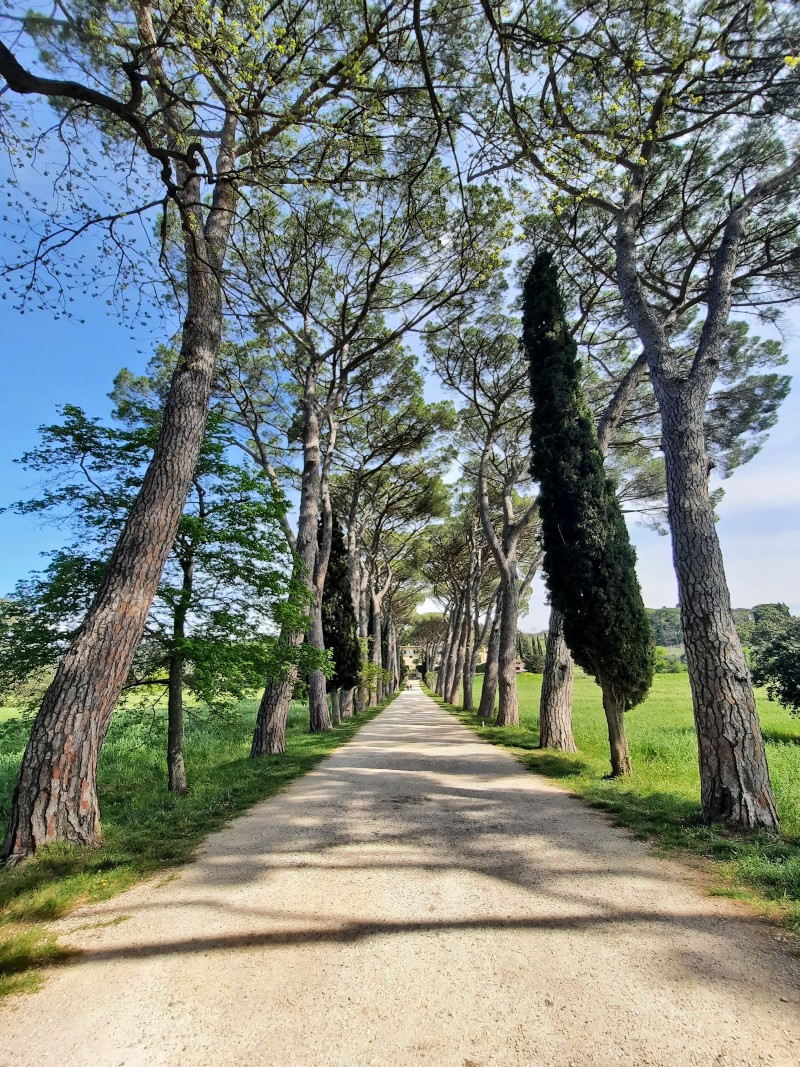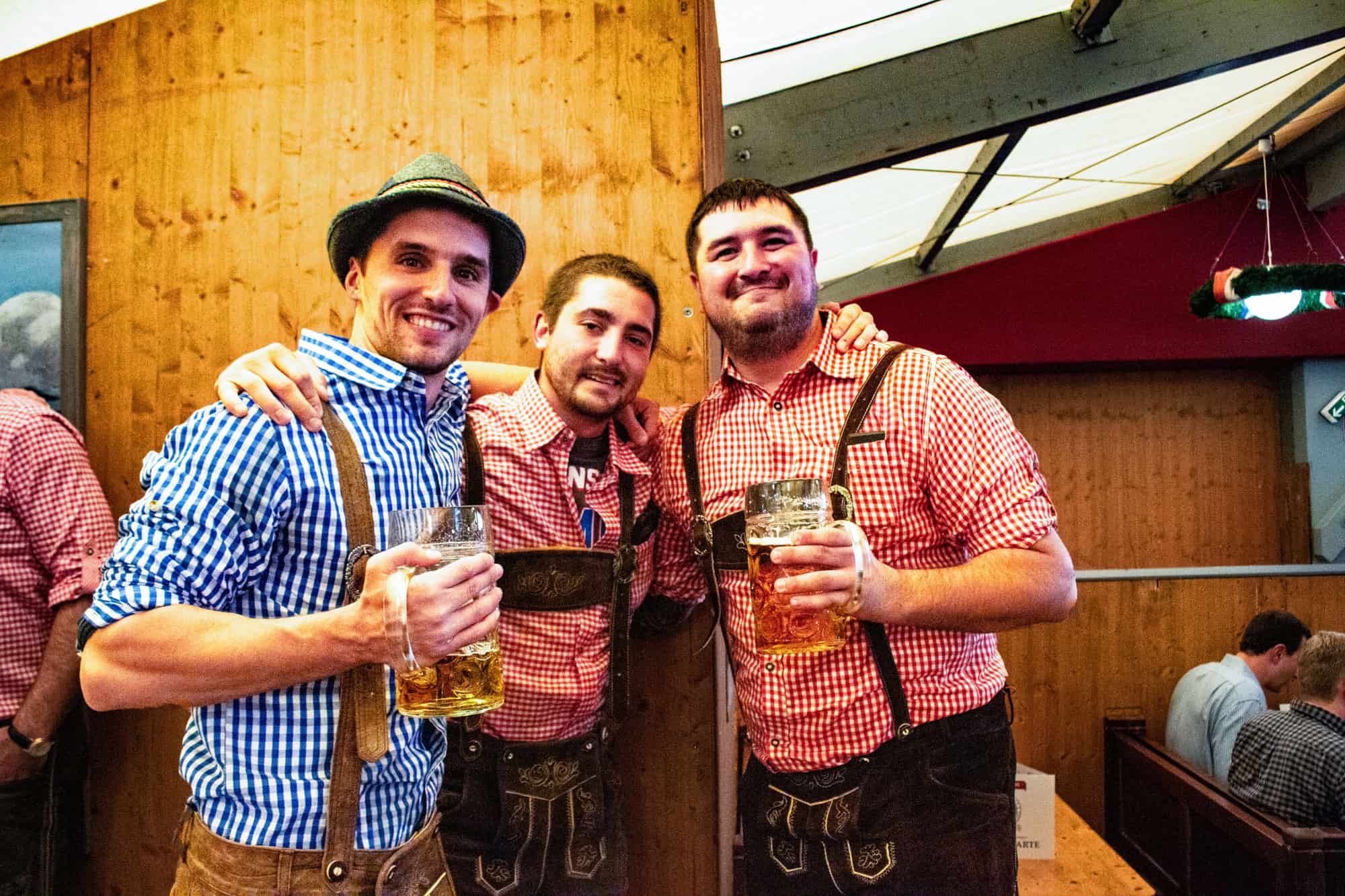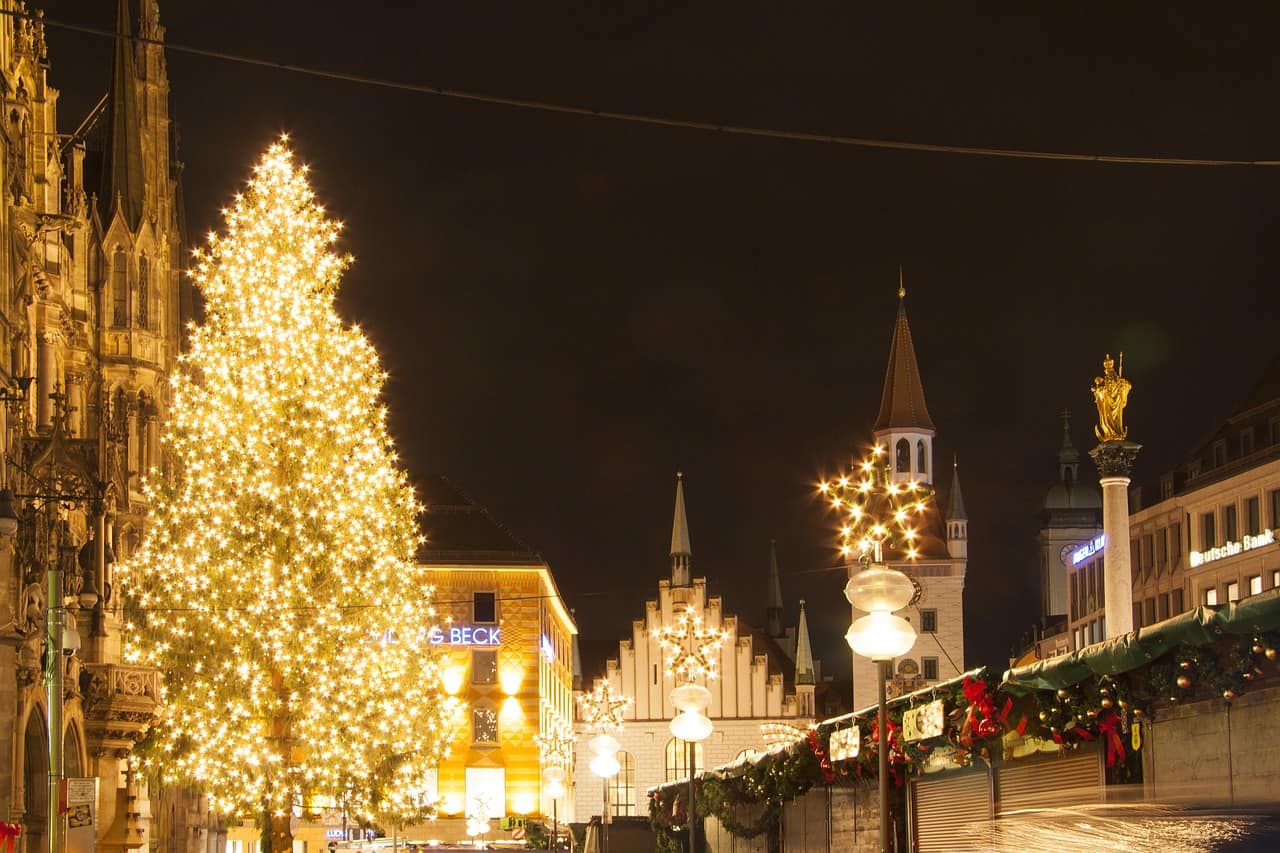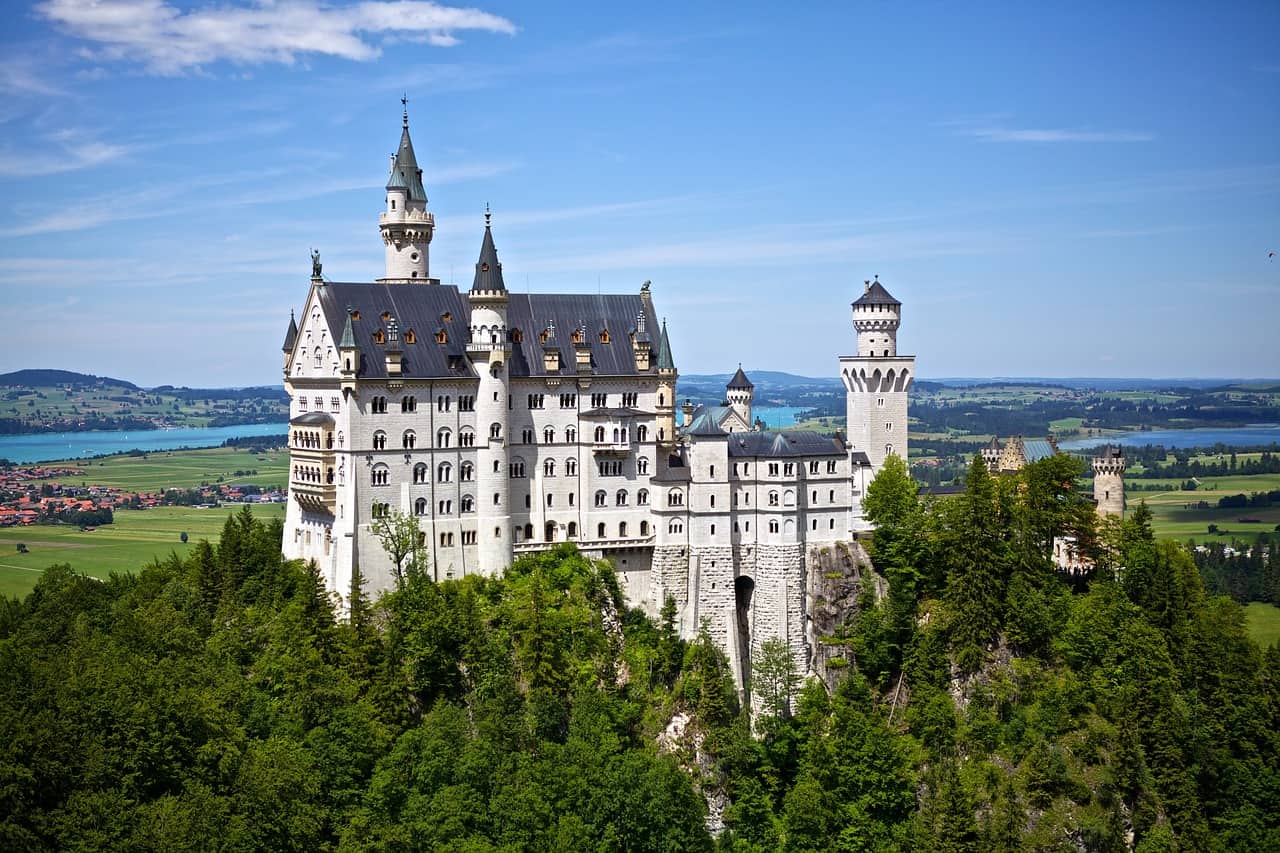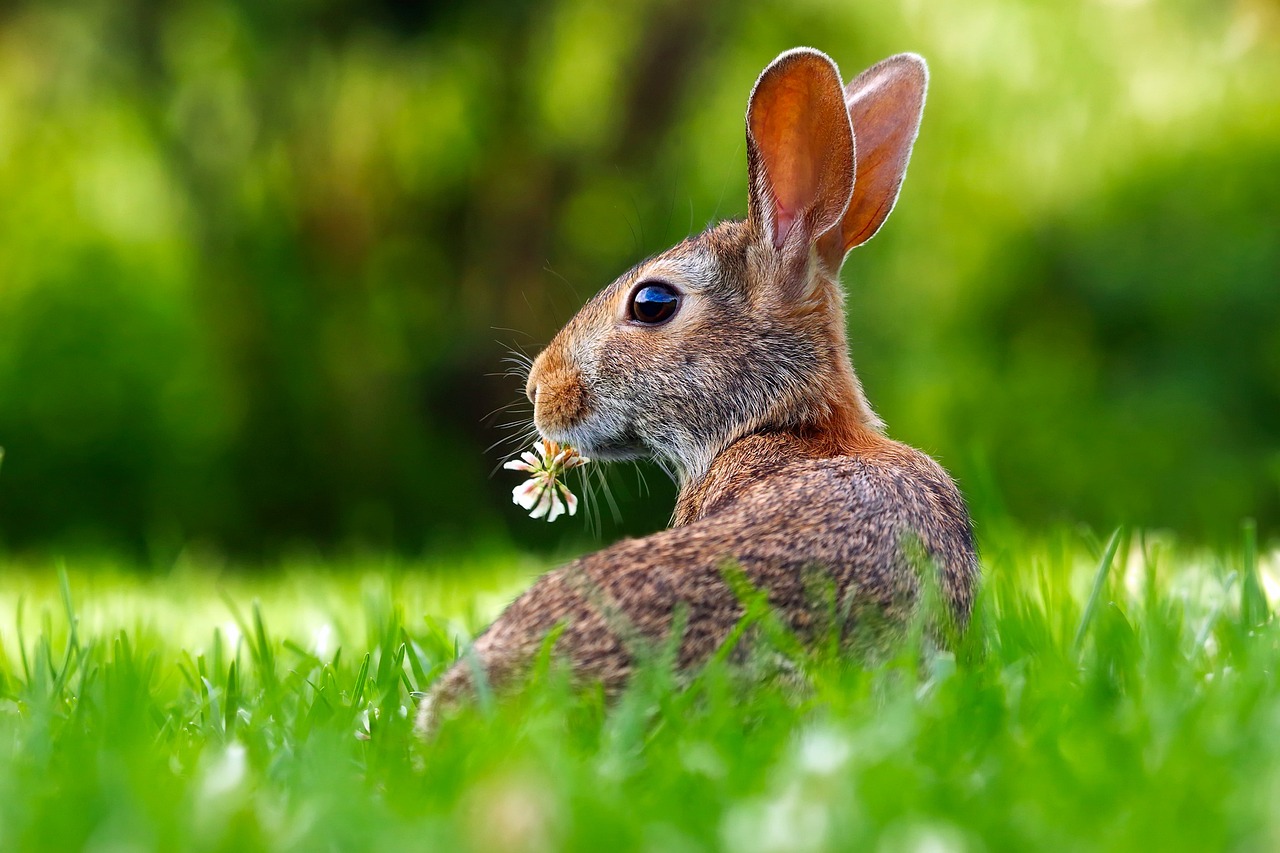
By Anne McCarthy
Springtime is nearly upon us, and that means that Easter is just around the corner! Whether you’re religious or not, I think we can all agree that eating chocolate while the flowers are blooming is a highly enjoyable thing to do. In Munich, Easter candy and Easter treats are tasty reasons to enjoy this time of year in the city.
While not all Germans religiously celebrate Easter, many do enjoy the festivities and those aforementioned delicious seasonal treats. (Fun fact: did you know that the idea of the Easter Bunny (“Osterhase”) originated in Germany?)
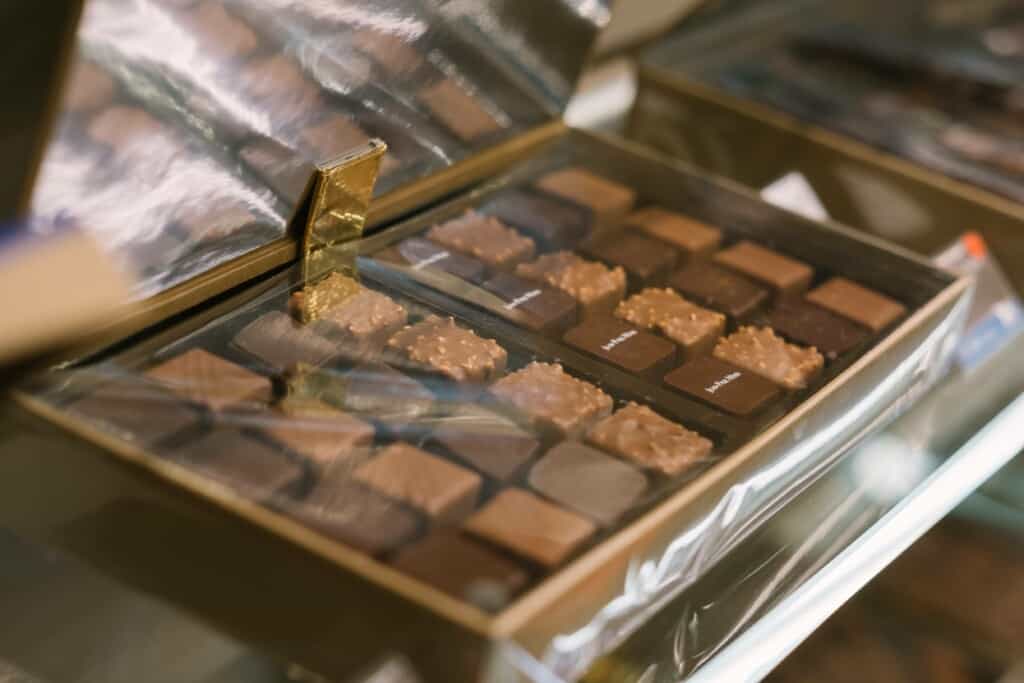
If you’re planning to be in Munich on Easter Sunday, March 31, 2024, here are some ways you can spend the holiday. But first, if you’re coming through Munich, be sure to visit us at Fat Tire Tours Munich! We have a wide range of exciting tours, like bike tours, walking tours, Segway tours, and of course––for those visiting later in the year––our iconic Oktoberfest Festival Tour!
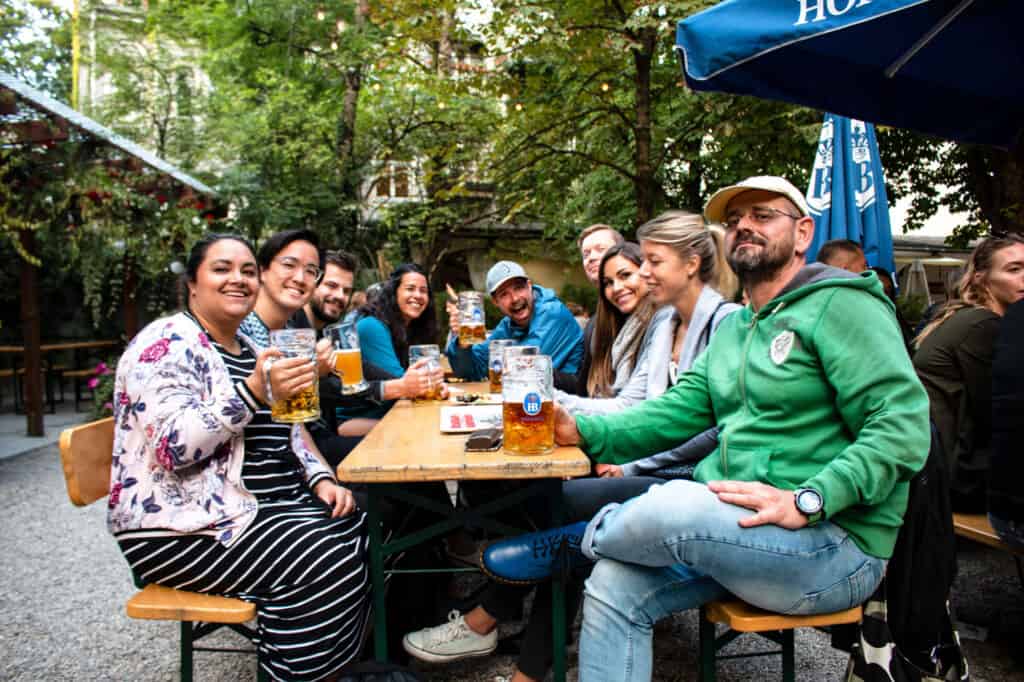
Speaking of Oktoberfest, if you’re a beer lover, you’ll definitely want to book our Private Munich Beer Tour. This 3-hour-plus experience is an unforgettable guided journey around Munich, complete with a private guide, to four German beer halls with complimentary drinks along the way.
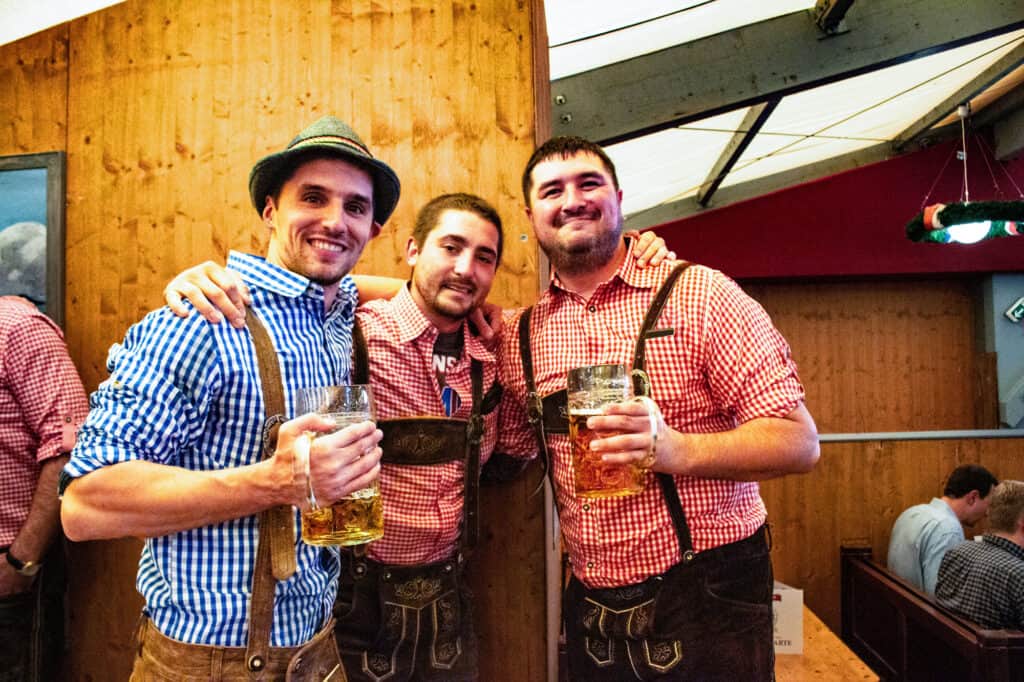
Enough about German beer. (There’s plenty of time for that during September and October for Oktoberfest!) Now, time for some Easter goods and some guidance about how to enjoy Easter in Munich.
Learn about German Easter Traditions: Bonfires & Easter Bunnies
If you plan to be in Germany for Easter, it might be good to know a thing or two about their Easter traditions there. For instance, in Germany (as well as parts of Switzerland, the Netherlands, and Austria) it’s an Eastertime and spring tradition to have Easter bonfires (“osterfeuer”).
Religiously, these fires can be connected to the Paschal Candle, and the fires may symbolize Jesus’s resurrection on Good Friday. Secularly, huge bonfires are held on the Saturday before Easter Sunday, and you may find German foods like bratwursts there, too. Concerns for small animals and smoke damage have led to some controversy around these German Easter fires. In fact, in some regions there are laws that restrict the “osterfeuers.”
As mentioned, the famous, folkloric Easter Bunny was a German creation! Originally called an “Easter Hare,” the hare acted as a judge who decided if children were good or acted naughty, and then the children who were good would be rewarded by the hare with colorful eggs, toys, and candy. The custom of the Easter Bunny was first referenced in 1682 in Georg Franck von Franckenau’s De ovis paschalibus. In the U.S., German Protestants reportedly brought this tradition with them to their new home country. Centuries later, this fun tradition prevails, to the delight of children (and the concern of their dentists).
Enjoy Some German Easter Bread
Carbs and chocolate bunnies; does it get much better? German Easter bread (“osterbrot”) is a staple of Easter celebrations. It’s typically a sweet-tasting bread and is a German regional custom. Depending on the region of Germany you’re in, you’ll find various recipes (and even different names) for this holiday bread. One thing doesn’t change much, though, from region to region: Easter bread is sweet, delicious, and filling.
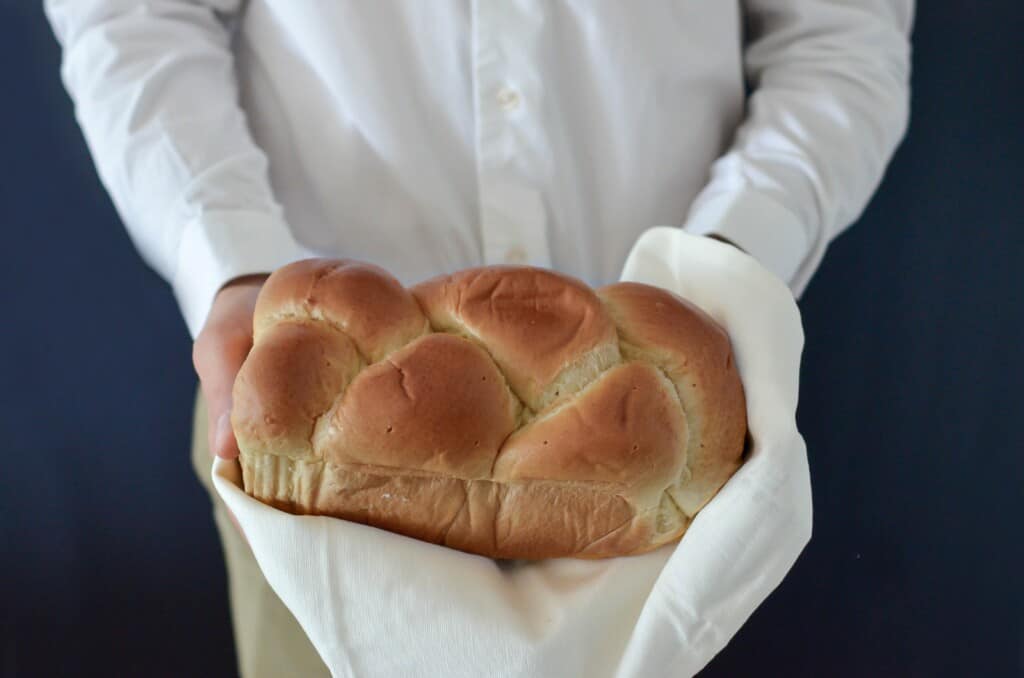
The bread is typically made with raisins, cranberries, and almonds, and it might be artfully braided, too. Other times, you may see it as a round loaf of bread with a cross marked into the bread (to honor Easter). It’s not just at Easter you’ll see this festive bread; versions of it can be enjoyed during New Year’s Eve, Christmas, and other festival holidays, too. Nearby counties for Italy, Austria, and Slovenia, enjoy similar styles of festive breads this time of year.
Revel in Nature on an Invigorating Easter Walk
Germans are known outdoors enthusiasts, travelers, and nature lovers. Also, they love to hike and walk. It’s an Easter tradition in Germany to go for a walk on Easter. (A Goethe poem, “Easter Walk,” refers to this very idea.)
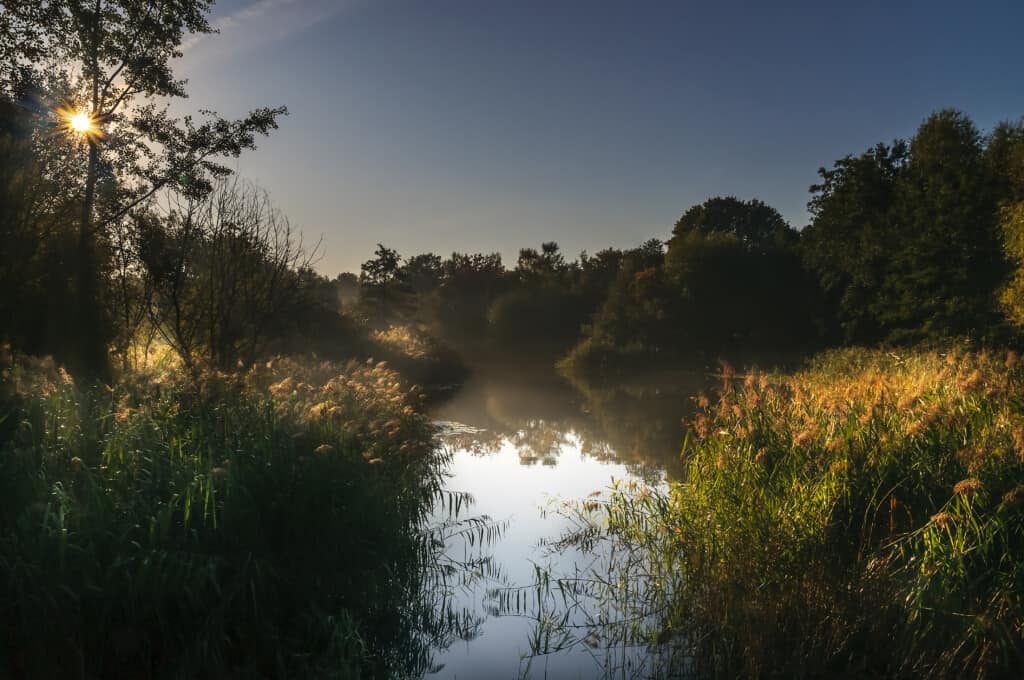
Need some inspiration for your German Easter walk? Consider booking our Private Munich Old-Town Walking Tour. This 3.5-hour guided tour with your own personal guide is the ideal way to see Munich when you’re short on time. Your guide will take you to some of the city’s most iconic and breathtaking sites, all while navigating them from side streets, avoiding challenging crowds. Hidden gems abound on this tour, and you’ll get to see lesser-known historical areas of the city. Fans of this tour rave about the central Munich farmers’ market in the heart of the city. Maybe you can pick up your own German Easter Bread while browsing at the market?
Visit a Historical Church on the Holy Days: Good Friday, Easter Sunday
Like much of Europe, there are some stunning churches and cathedrals in Munich. Many of them will have active Holy Week celebrations during which you can quietly and respectfully duck in to observe the religious traditions of this holiday.
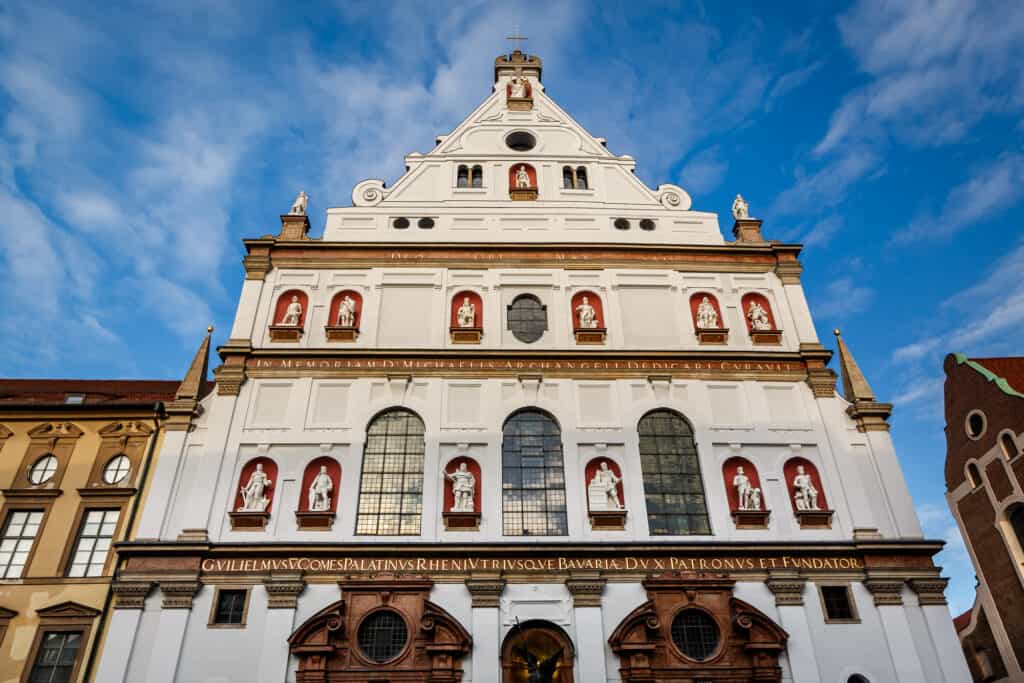
Catholic Churches in Munich include St. Paul’s Church (St.-Pauls-Platz 11, 80336 München), the gorgeous Baroque church built in 1733 called Asamkirche (also called St. Johann Nepomuk and located at Sendlinger Str. 32, 80331 München), Jesuit church St. Michael’s (Neuhauser Str. 6, 80333 München), landmark Gothic church Frauenkirche (Frauenplatz 1, 80331 München), and many more.
Shop at the Easter Market in Bad Easter market in Bad Tölz
50 kilometers south of Munich, you’ll find a fun and festive traditional Easter market in Bad Tölz. Held annually, this lively springtime market is a favorite of locals in Munich and surrounding areas.
Here you’ll find so many delicious delicacies, colorful crafts and gifts, and lovely souvenirs. This is an especially good spot to take your kids if you have children in town on your trip. There’s even a children’s pavilion at the market where kids can create various crafts and souvenirs to mark the occasion. The market is open March 22 – April 1, 2024.
Address: 83646 Bad Tölz, Germany
Anne McCarthy is the Editor in Chief of the Fat Tire Tours Blog. She is a contributing writer to the BBC, The Washington Post, The Guardian, Variety, Wired, and many more. She splits her time between the U.S. and Europe.
